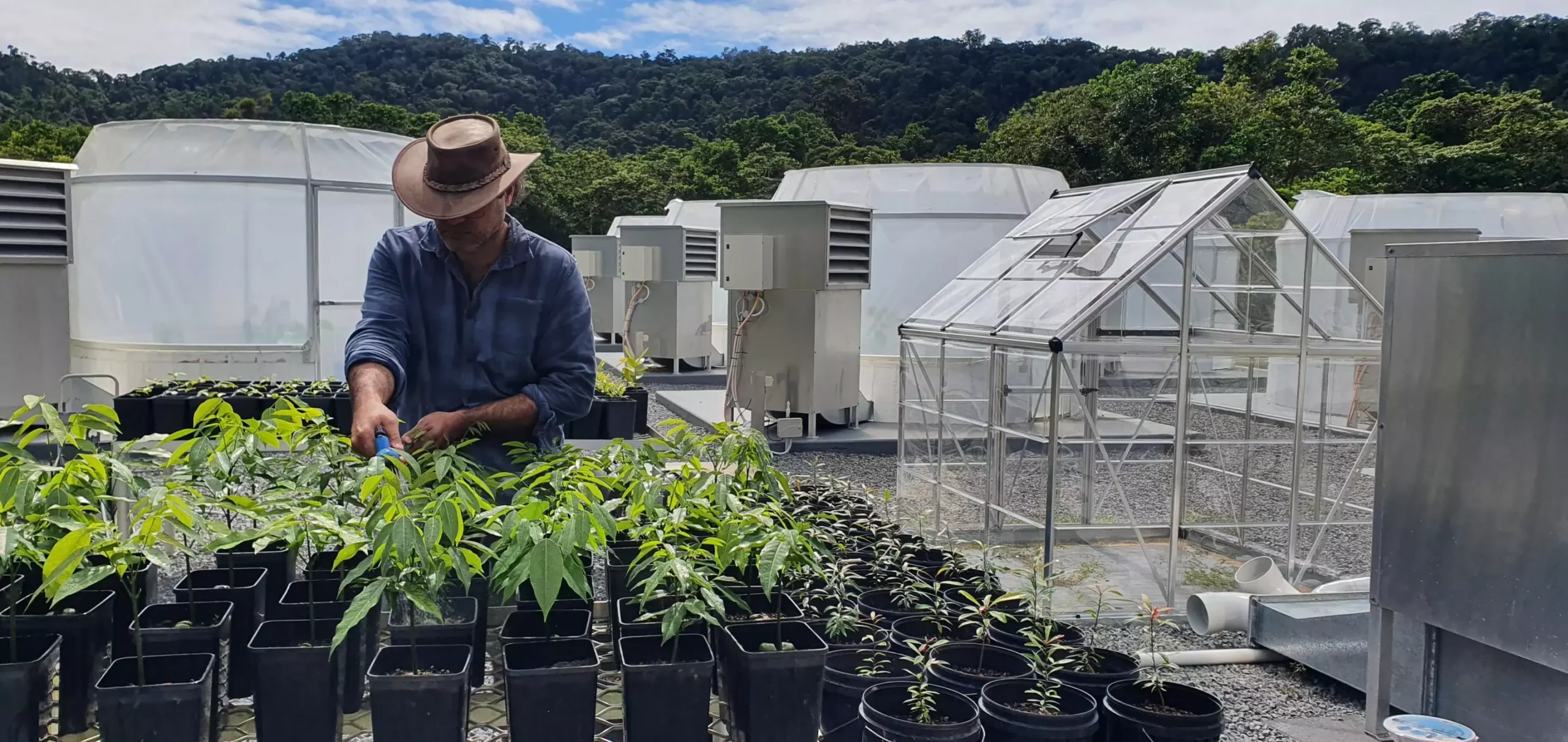While ozone is often celebrated for its protective role in the stratosphere, which shields the Earth from harmful ultraviolet radiation, its low-level counterpart is far from beneficial. Ground-level ozone manifests as a byproduct of human activities, particularly through the interaction of pollutants and sunlight. This noxious gas poses significant threats not only to our health but also to the ecosystems that are essential for carbon capture, particularly tropical forests.
Recent findings published in *Nature Geoscience* reveal that ground-level ozone is a major hinderance to tropical forest growth, resulting in a stark reduction: an estimated 290 million tonnes of carbon that could otherwise be absorbed each year remains unsequestered due to ozone interference. The study highlights a concerning average reduction of 5.1% in new growth across tropical forests, with even more significant losses—up to 10.9%—in Asian tropical forests. This diminished growth threatens the vital role these forests play as carbon sinks, highlighting the intricacies of environmental health where air quality directly affects carbon sequestration capabilities.
Tropical forests play an indispensable role in climate mitigation, acting as powerful reservoirs for carbon dioxide. According to Dr. Alexander Cheesman, a co-lead author of the study, these forests significantly help offset human-generated carbon emissions. However, the researchers concluded that the impacts of air pollution, specifically ozone, can undermine this vital ecosystem service. Since the year 2000, the cumulative loss in carbon removal attributed to ground-level ozone deficiency accounts for roughly a 17% reduction in the forests’ carbon-capturing abilities this century—a staggering figure that underscores the urgency of addressing air quality as part of climate action initiatives.
The process of ozone formation at ground level is tied to urbanization, industrial activities, and pollution stemming from resource extraction, such as fossil fuels. These activities introduce precursor molecules, particularly nitrogen oxides, into the atmosphere, creating a chemical environment conducive to ozone production. As the planet warms, not only are ozone concentrations expected to increase, but areas designated for forest restoration are also likely to be unduly affected—further complicating conservation efforts aimed at mitigating climate change.
The research emphasizes the need for swift actions to improve air quality to protect tropical forests and the crucial services they provide. Closing the gap between policy development and scientific findings is essential for effective climate intervention strategies. Enhanced regulatory frameworks for industrial emissions, coupled with a commitment to sustainable practices, could play a pivotal role in safeguarding these ecosystems. As we grapple with the ramifications of climate change, understanding and addressing the detrimental impact of ozone pollution in tropical regions is not merely a scientific endeavor—it is an urgent call for collective action to safeguard our planet’s future.

